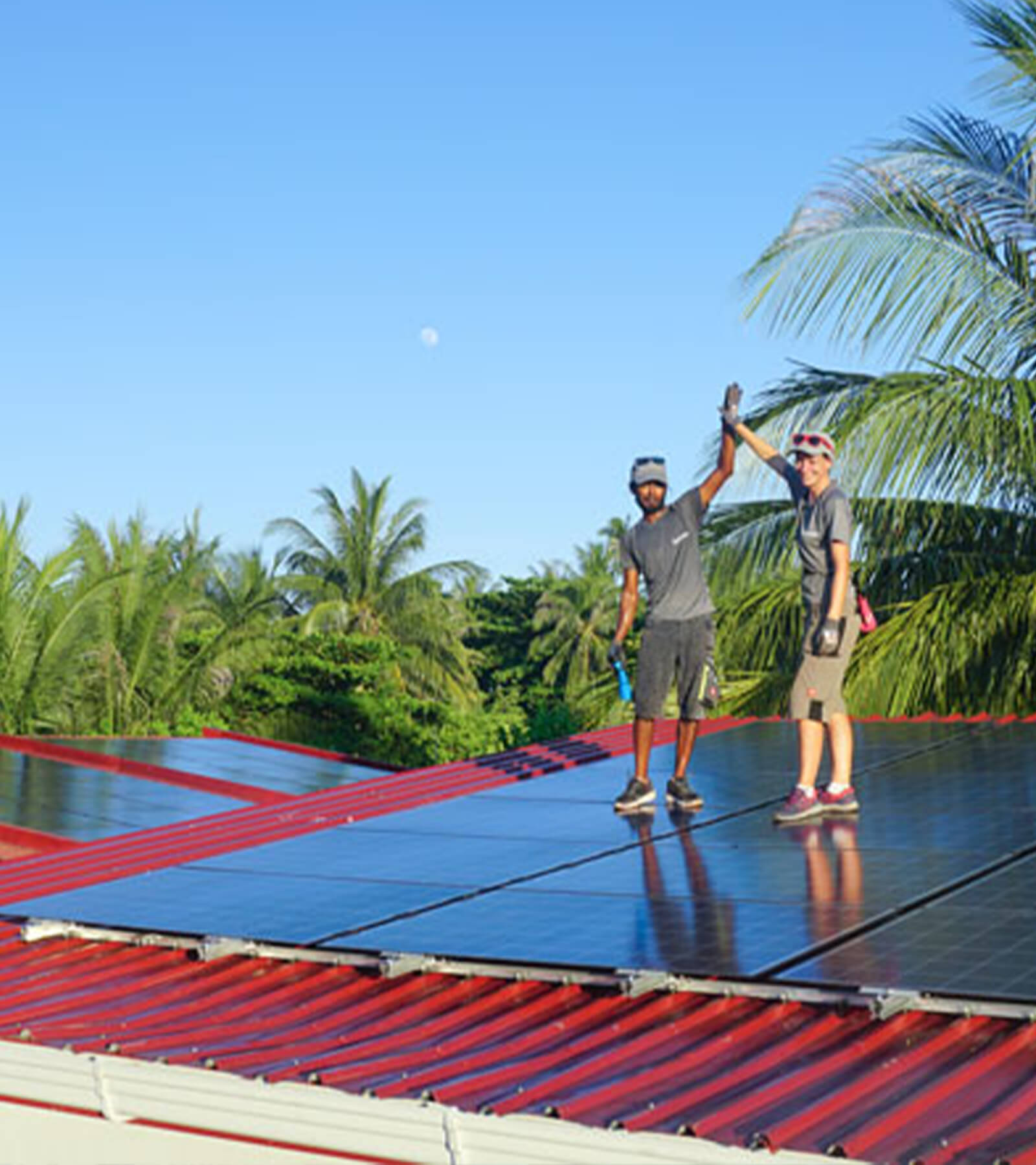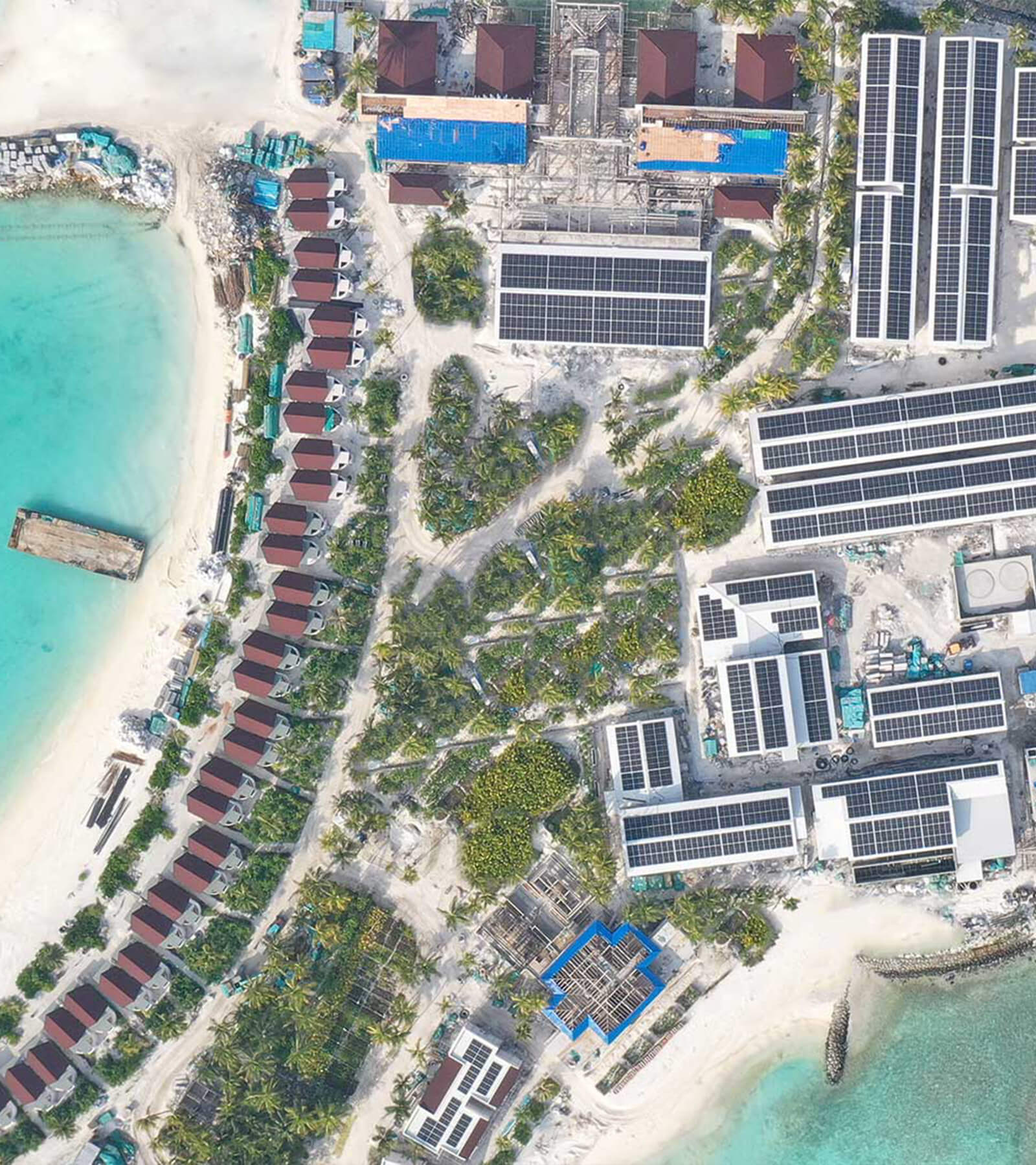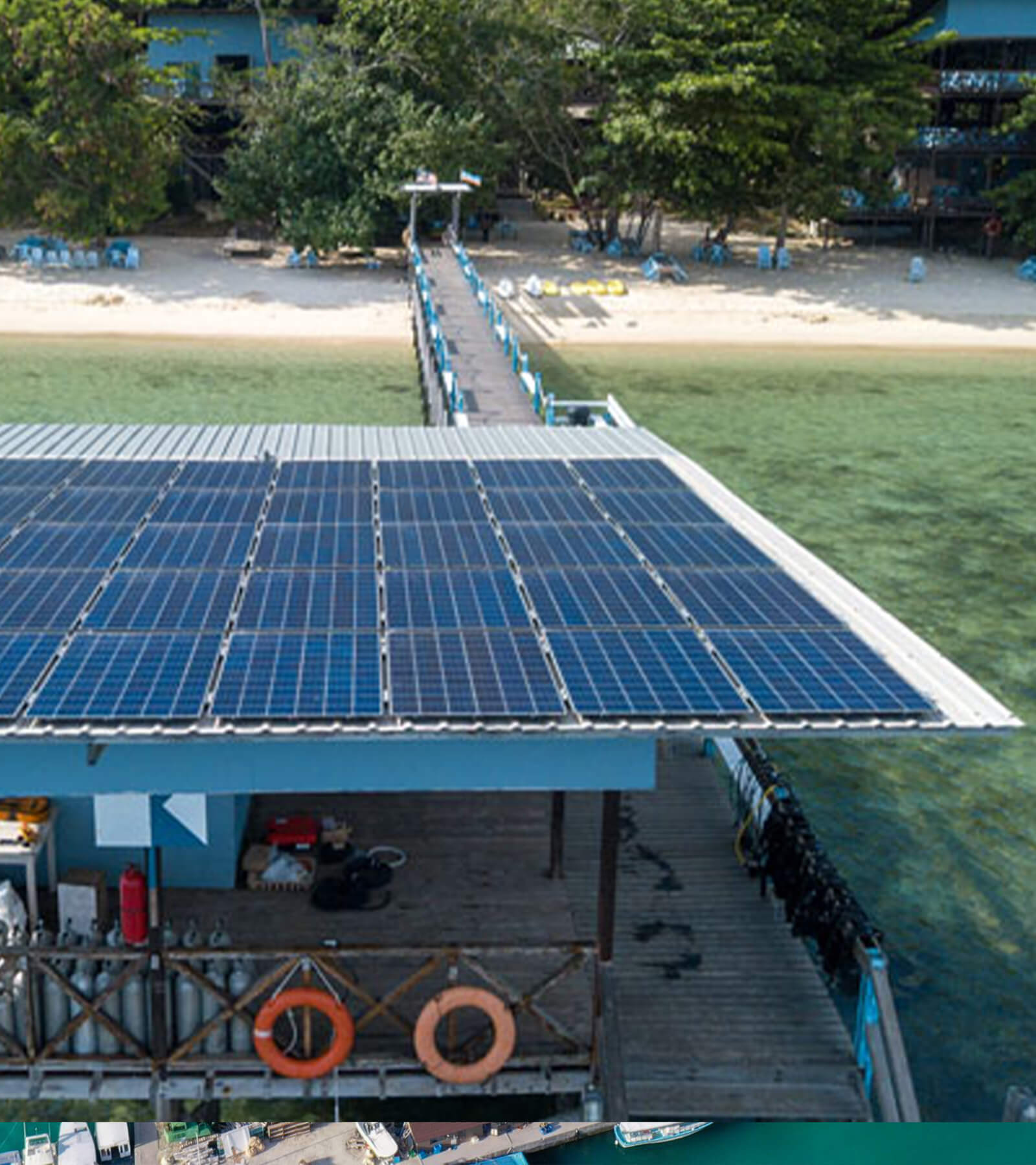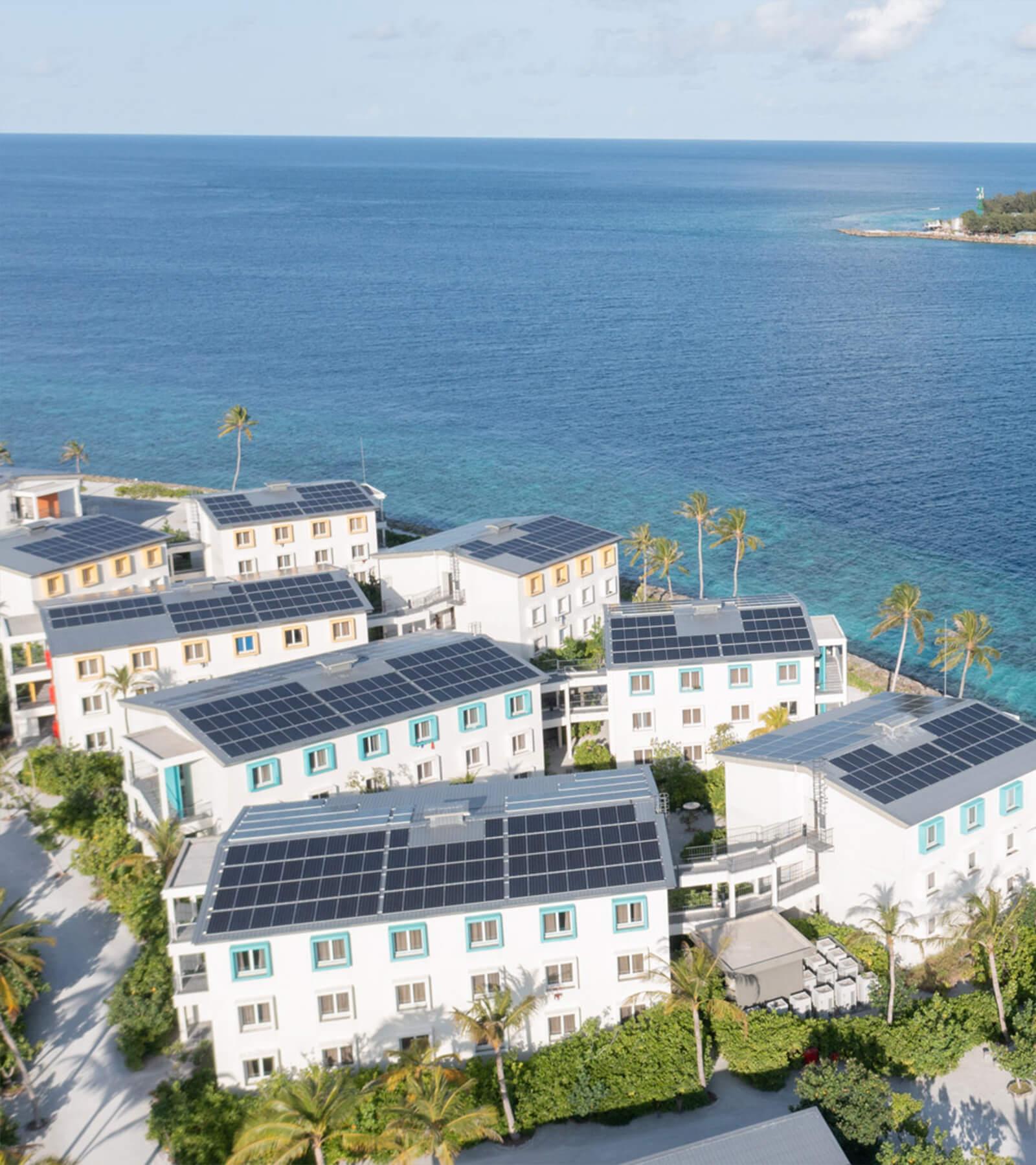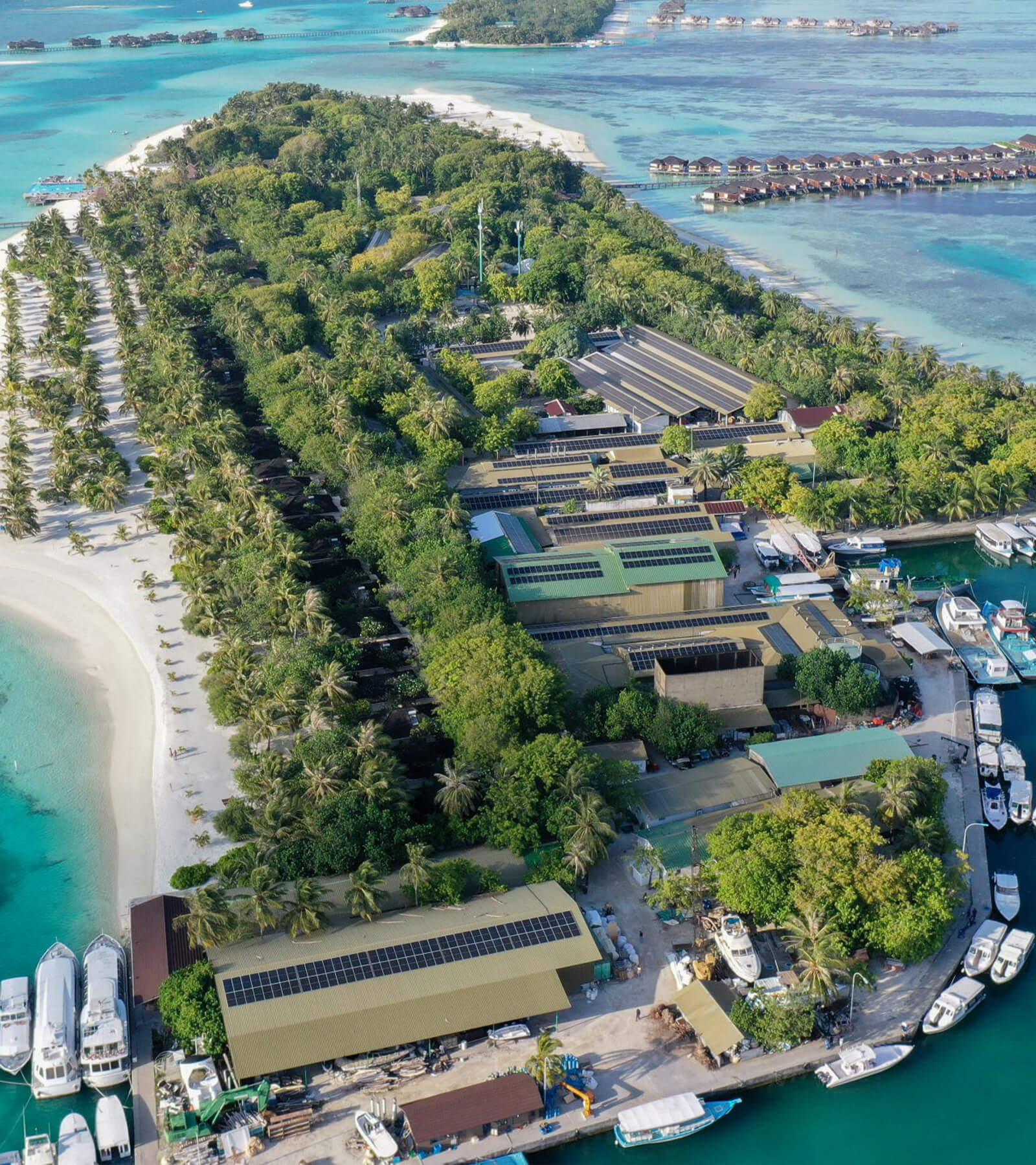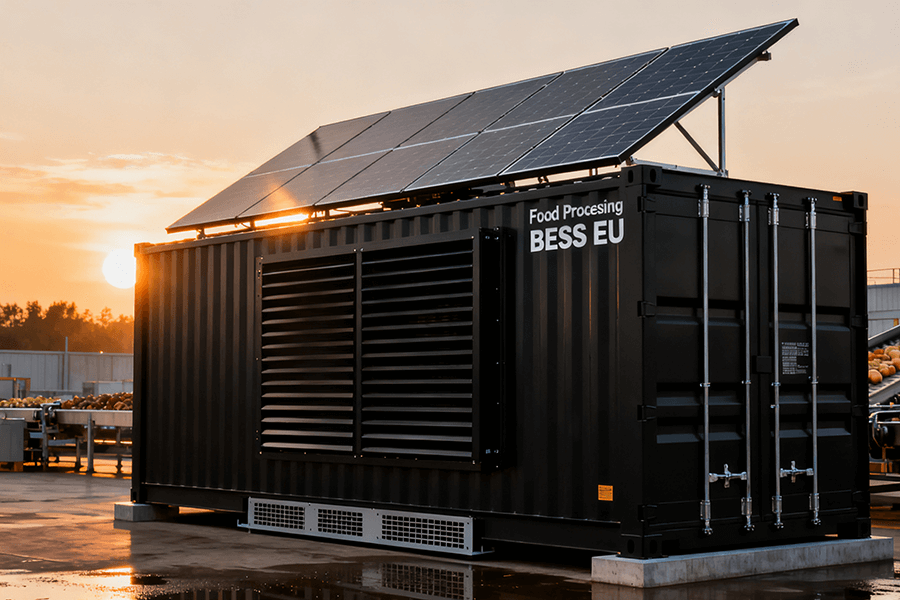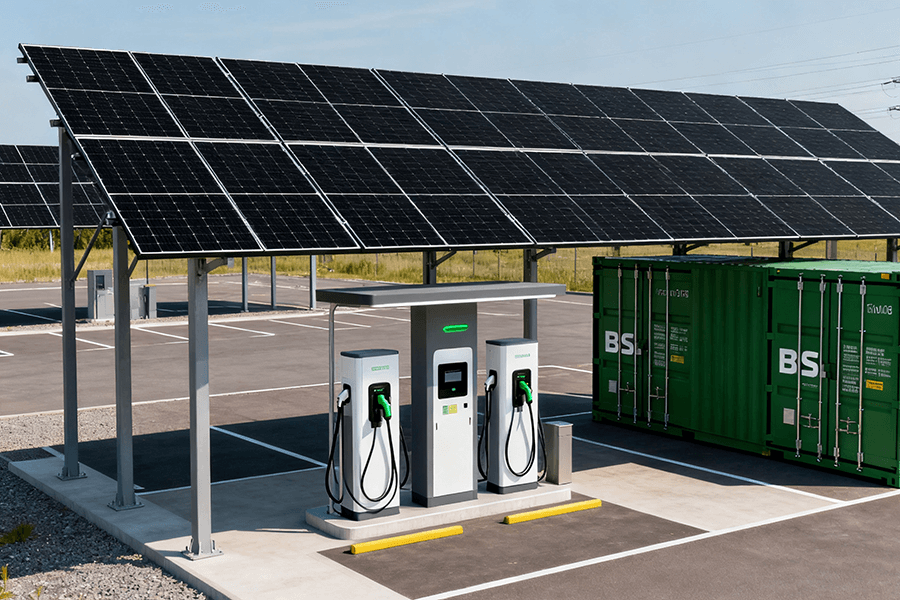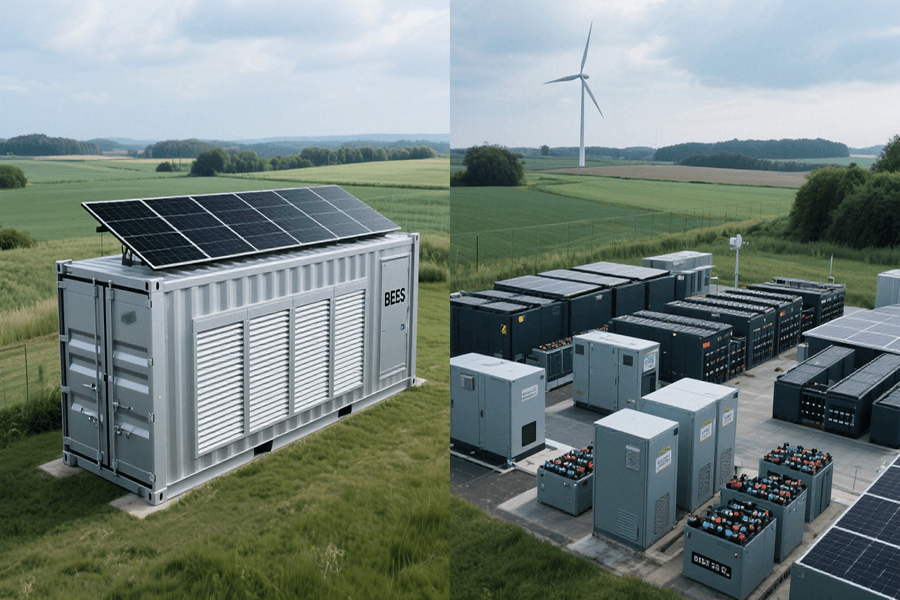
The Game-Changer in European Solar Parks: Containerized BESS
In Europe’s solar energy revolution, where every square meter counts, containerized Battery Energy Storage Systems (BESS) have emerged as a disruptive force. Unlike their clunky traditional counterparts, these compact powerhouses redefine efficiency—and the numbers tell the story.
Comparative Breakdown of BESS Container vs. Traditional Storage
| Storage Type | Land Requirement for 9MWh | Cost Implications* | Permitting Timeframe |
|---|---|---|---|
| Containerized BESS | Standard 20-foot container | 30-40% lower land costs | 20-30% faster |
| Traditional Storage | 40% more land area | Higher due to larger | Longer processing |
*Costs may vary by region
Take the 宁德时代 TENER Stack, a star player in this space. It ingeniously crams 9MWh of capacity into a standard 20-foot container, a feat that traditional storage systems simply can’t match. In contrast, traditional setups require 40% more land to store the same amount of energy. This discrepancy becomes even more pronounced in land-scarce regions like Germany’s Rhineland or Spain’s Andalusia, where real estate comes at a premium.
The benefits of containerized BESS extend far beyond mere space savings:
- Financial Advantage: Reduced land acquisition costs directly impact the bottom line, allowing solar park developers to allocate resources more effectively.
- Permitting Efficiency: Local authorities often favor compact designs, leading to faster approval processes. This not only speeds up project timelines but also minimizes potential delays and associated costs.
- Environmental Impact: A smaller physical footprint means less disruption to natural habitats and ecosystems, aligning with Europe’s growing focus on sustainable development.
“Why waste land when you can stack power?” That’s the question European solar developers are now asking. As the continent continues to prioritize renewable energy, containerized BESS solutions are set to play an increasingly crucial role in shaping the future of solar energy storage.
Beyond Land: Logistical Wins That Make Traditional Storage Sweat
Traditional storage systems feel like relics when compared to BESS containers’ logistical prowess. Here’s why:
Pre-Fabricated Perfection: Less Site Hassle, More Speed
BESS containers embody the future of energy storage with their pre-built and pre-tested design, offering a seamless “plug-and-play” experience. Every module undergoes rigorous 100% Factory-Acceptance Testing (FAT) within controlled environments. This meticulous process ensures that each component meets stringent quality standards, eliminating the risk of unexpected on-site issues that often plague traditional storage systems.
The advantages of this approach are starkly illustrated by a comprehensive study conducted by the International Renewable Energy Agency (IRENA). The research revealed that pre-fabricated BESS solutions reduce on-site installation time by a remarkable 50% when compared to traditional systems. The latter typically require piecemeal assembly, which involves the painstaking installation of individual components, followed by extensive on-site adjustments and troubleshooting.
| Installation Metric | BESS Containers | Traditional Storage |
|---|---|---|
| Average Installation Time for 50MW Solar Park | 4 weeks | 8 weeks |
| Time Spent on On-Site Adjustments | 1-2 days | 7-10 days |
| Labor Cost for Installation (per 50MW) | €80,000 – €100,000 | €150,000 – €200,000 |
For a 50MW solar park, this translates to a significant reduction in commissioning time, shaving off half the duration required for traditional systems. In the high-stakes world of renewable energy projects, where deadlines are not only critical but also financially consequential, this time-saving advantage can make all the difference between a successful project launch and costly delays. Additionally, the reduced on-site labor requirements for BESS containers can lead to substantial cost savings, with labor expenses often accounting for a significant portion of overall project budgets.
Stack, Scale, Succeed: BESS Containers Grow With Your Needs
Scalability: A Clear Advantage for BESS Containers
Scalability stands as one of the most remarkable strengths of Battery Energy Storage System (BESS) containers. Their modular design is the key to this advantage. When solar parks need to expand their storage capacity, the process is as simple as stacking additional containers. This modular flexibility allows for seamless growth, enabling solar parks to scale their storage capabilities:
- Starting from 9 MWh with a single container
- Scaling up to 18 MWh and beyond by stacking multiple units
All of this can be achieved without the need for a complete infrastructure overhaul.
Traditional Storage: Facing Expansion Challenges
In stark contrast, traditional storage systems encounter significant hurdles during expansion. Upgrading these systems is often equivalent to building an entirely new facility, as it demands substantial modifications to the existing infrastructure.
A Real-World Comparison
A real-world example from Portugal’s Algarve region in 2024 provides a vivid demonstration of the superiority of BESS containers in terms of scalability:
- Solar Park with BESS Containers:
-
- Initial capacity: 10 MWh
-
- Increased capacity: 30 MWh
-
- Time taken for upgrade: 3 months
- Neighboring Park with Traditional Storage:
-
- Similar upgrade in capacity
-
- Time taken for upgrade: A staggering six times longer than the BESS container-based park
This comparison clearly illustrates how BESS containers outperform traditional storage systems when it comes to scalability and ease of capacity expansion.
To further emphasize the scalability benefits, consider the following comparison:
| Expansion Metric | BESS Containers | Traditional Storage |
|---|---|---|
| Capacity Increase Time (10MWh→30MWh) | 3 months | 18 months |
| Infrastructure Modification Required | Minimal, mainly electrical connections | Extensive, including structural changes |
| Cost of Expansion (per MWh added) | €12,000 – €15,000 | €25,000 – €30,000 |
This modularity not only saves time and money but also provides solar park operators with the agility to respond quickly to changing energy demands, market conditions, and technological advancements.
The Price Tag Showdown: BESS Containers Slash Costs
Let’s talk euros. When it comes to the financial implications of energy storage solutions, the numbers don’t lie. A detailed breakdown of the cost differences between BESS containers and traditional storage systems reveals a compelling case for the former.
| Metric | BESS Container | Traditional Storage | Savings |
|---|---|---|---|
| Cost per kWh | €250 | €320 | €70/kWh |
| 50MWh System Cost | €12.5M | €16M | €3.5M (22% lower) |
| Installation Cost (50MWh) | €1M (50% less labor) | €2M | €1M |
*Source: *Energy Storage News Cost Report 2025
The significant cost gap can be attributed to the distinct manufacturing and deployment approaches of these two systems.
Mass Production and Standardization in BESS Containers
BESS containers leverage mass production techniques and standardized components, which streamline the production process and reduce costs. This modular design allows for efficient assembly lines, economies of scale, and simplified procurement of parts.
Custom On-Site Builds of Traditional Storage Systems
In contrast, traditional storage systems often rely on custom on-site builds. These projects are more time-consuming, labor-intensive, and expensive due to the need for specialized engineering, on-site coordination, and the lack of standardized components.
The financial benefits of BESS containers extend beyond the initial investment.
Lower Maintenance Costs
When it comes to ongoing maintenance, BESS systems have a clear edge, boasting 30% lower annual costs. This advantage is largely due to:
- Factory-Calibrated Components: BESS containers use components that are designed for reliability and ease of maintenance.
- Pre-Testing and Optimization: These components are pre-tested and optimized in a controlled environment, minimizing the likelihood of malfunctions and reducing the need for frequent repairs and adjustments.
As a result, BESS containers offer a more cost-effective and hassle-free solution for energy storage, making them an increasingly attractive option for European solar parks and other energy storage applications.
Financial Impact and Payback Period
The significant savings achieved with BESS containers have a direct impact on the project’s payback period. In this example, the project utilizing BESS containers breaks even 2 years earlier compared to the one relying on traditional storage. This accelerated return on investment (ROI) is a crucial advantage, especially in the highly competitive European solar energy market where margins are tight.
Financial Metrics: A Catalyst for Change
For European solar park developers, these financial metrics underscore the transformative potential of BESS containers. By reducing both land acquisition costs and equipment installation expenses, BESS solutions:
- Optimize initial capital expenditure
- Enhance the long-term profitability of solar energy projects
This makes BESS containers a game-changing option for those looking to maximize the economic viability of their solar park investments.
| Expense Category | Traditional Storage | BESS Container | Total Savings | Percentage Savings |
|---|---|---|---|---|
| Land Acquisition | €500,000 for a 40% larger plot, reflecting the space-intensive nature of traditional setups. | €300,000 for a more compact footprint, enabling significant land cost reduction. | €200,000 | 40% |
| Equipment + Installation | €18,000,000 covering traditional storage infrastructure, including setup and integration. | €13,500,000 for BESS containers, which benefit from modular design and efficient installation. | €4,500,000 | 25% |
| Total CAPEX | €18,500,000 | €13,800,000 | €4,700,000 | 25.4% |
*Source: *Energy Storage News Cost Report 2025
The significant cost gap can be attributed to the distinct manufacturing and deployment approaches of these two systems.
Mass Production and Standardization in BESS Containers
BESS containers leverage mass production techniques and standardized components, which streamline the production process and reduce costs. This modular design allows for efficient assembly lines, economies of scale, and simplified procurement of parts.
Custom On-Site Builds of Traditional Storage Systems
In contrast, traditional storage systems often rely on custom on-site builds. These projects are more time-consuming, labor-intensive, and expensive due to the need for specialized engineering, on-site coordination, and the lack of standardized components.
The financial benefits of BESS containers extend beyond the initial investment.
Lower Maintenance Costs
When it comes to ongoing maintenance, BESS systems have a clear edge, boasting 30% lower annual costs. This advantage is largely due to:
- Factory-Calibrated Components: BESS containers use components that are designed for reliability and ease of maintenance.
- Pre-Testing and Optimization: These components are pre-tested and optimized in a controlled environment, minimizing the likelihood of malfunctions and reducing the need for frequent repairs and adjustments.
As a result, BESS containers offer a more cost-effective and hassle-free solution for energy storage, making them an increasingly attractive option for European solar parks and other energy storage applications.
Maxbo Solar: Your BESS Partner in Europe
At Maxbo Solar (www.maxbo-solar.com), we transcend the conventional role of mere container providers. Our expertise lies in crafting bespoke energy storage ecosystems meticulously tailored to the unique requirements of European solar parks. Here’s a detailed breakdown of what sets our Battery Energy Storage System (BESS) solutions apart:
Unwavering Commitment to Safety and Compliance
Our BESS solutions are engineered to meet the stringent safety standards of the European Union, including CE certification and compliance with IEC 62133. This ensures that each installation adheres to the highest levels of quality and safety, providing peace of mind for solar park operators and stakeholders alike.
24/7 Remote Monitoring for Optimal Performance
Downtime is the enemy of efficiency, and we’ve developed a robust solution to combat it. Our BESS systems are equipped with state-of-the-art 24/7 remote monitoring capabilities. This allows our team of experts to proactively identify and address potential issues before they escalate, significantly reducing downtime and maximizing the operational efficiency of your solar park.
Industry-Leading Warranty
We stand behind the quality of our products with an unmatched 10-year warranty—a full 5 years longer than the industry average. This extended warranty period is a testament to our confidence in the durability and reliability of our BESS solutions, offering you added protection and long-term value.
Proven Track Record of Success
Our impact speaks for itself. To date, we’ve partnered with solar parks across France, Italy, and Poland, helping them achieve cumulative CAPEX savings exceeding €20 million. These success stories are a result of our innovative approach, technical expertise, and commitment to delivering tailored solutions that drive real results.
Ready to take your solar park project to the next level? Let’s collaborate and make your project the next addition to our growing list of success stories.
P.S. Still undecided? Take advantage of our free ROI calculator at www.maxbo-solar.com/roi—no strings attached. Discover for yourself why BESS is the clear choice for maximizing the efficiency and profitability of your solar park.

